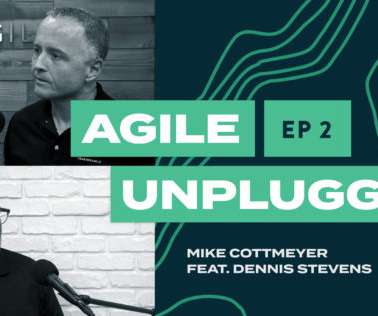Theory of Constraints: A Guide for Project Managers
ProjectManager.com
NOVEMBER 29, 2018
While the theory of constraints is typically used in manufacturing, it can be helpful in controlling most any project. That applies to processes, organizations, individual team members, whatever or whoever is a risk to the successful completion of the project. There are always other risks and mitigating factors at play.















Let's personalize your content